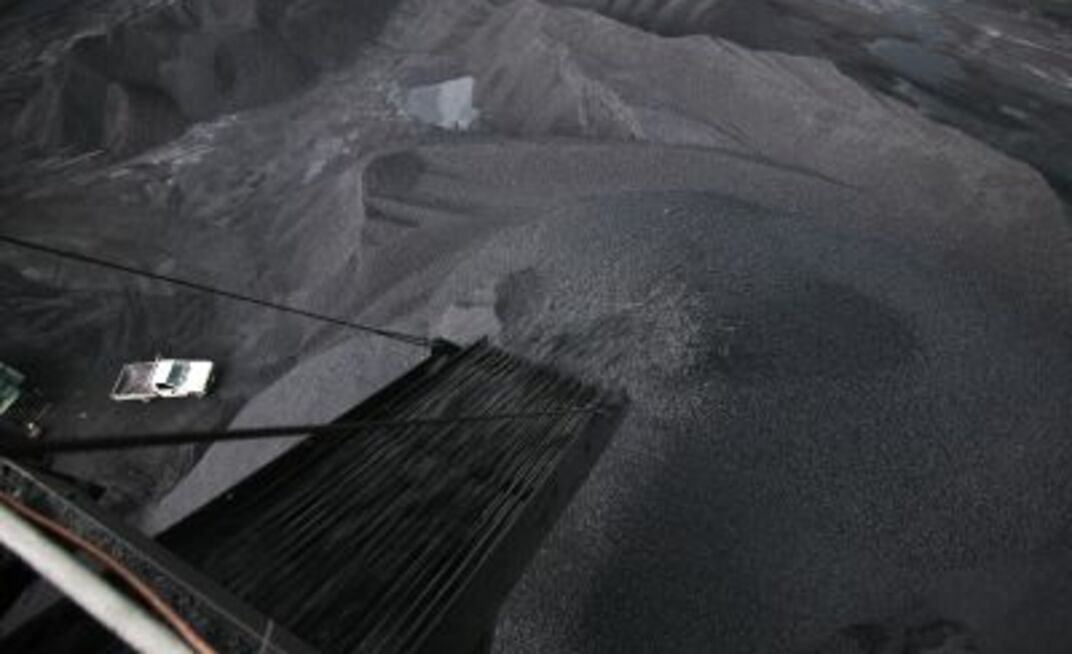Published in March 2009 Australian Longwall Magazine
Tom Woods of Lake Macquarie fabrication firm TW Woods has encountered plenty of coal conveyor problems caused by design and fabrication issues.
One problem is where the velocity of the coal exiting the transfer chute and that of the conveyor belt do not match, invariably leading to premature belt replacement.
“We have found also major problems resulting from coal chutes blocking due to large lumps of rock and other objects causing downtime to clear them and the attendant loss of further output,” Woods said.
He said some of these problems could be traced back to inadequate chute specification and design.
“For example, chutes often back up because of inadequate cross-sectional area,” he said. “While still delivering throughput, the build-up of spillage resulting from this problem can ultimately flood the transfer chute, causing downtime that no company can afford in the current economic environment. Maintaining these poorly performing chutes soaks up manpower required elsewhere to maintain the operational plant and equipment.”
Problems can also be caused by coal leaving the head pulley and contacting the chute at a severe contact angle, causing rapid chute wear and degradation of the coal.
“High speeds of the granules through the chute contribute to excessive wear of the chute,” Woods said. “Also, low headroom in both underground and above-ground chutes invariably compromises the performance of any transfer chute and demands early attention at the design stage.”
Woods said good chute design and fabrication would take into account these factors, which may not always appear to affect the initial performance of the chutes, but would cause substantial problems over time and increase the potential for early failure.
He said companies wanting better performance and durability from their chutes would need to provide specific information on some of the flow properties:
Accurate tons per hour,
Flow properties testing,
Worst-case handling moisture determination,
Critical cohesive arching dimensions,
Required mass flow geometry,
Wall friction characteristics,
Adhesion properties,
Internal friction angles,
Effects of time consolidation and vibration,
Repose angles,
Bulk material compressibility,
Solids and particle densities,
Particle size analysis (sieve and laser),
Transportable moisture limit, and
Fluidisation, de-aeration and air retention.
One of the products offered by TW Woods together with 3D Engineering Solutions, which Woods says overcomes many of the problems, is a soft loading transfer chute incorporating an adjustable hood and spoon.
These chutes transfer coal onto the receiving belt at the same or slightly faster horizontal component of the belt velocity.
The vertical component of the coal velocity is reduced, thereby reducing belt wear at the impact zone, Woods said.
“Because the spoon and hood are not necessarily attached to each other, this design controls the material flow to exit the spoon in the same direction as the receiving conveyor – no matter what the angle,” he said.
The hood and spoon are fully adjustable to cater for finetuning the coal stream and for shim packing.
The hood and spoon and intermediate segments are manufactured from chromium carbide clad plate with high wear areas in the intermediate segments being replaceable by unbolting the fabricated segment and bolting in the replacement prefabricated section. The removed worn segment is renovated and held in store to be used to replace the other segment when it wears.
Soft loading transfer chutes incorporating an adjustable hood and spoon can overcome many of the spillage and blockage problems experienced by coal mines, according to Lake Macquarie fabrication firm TW Woods.

























